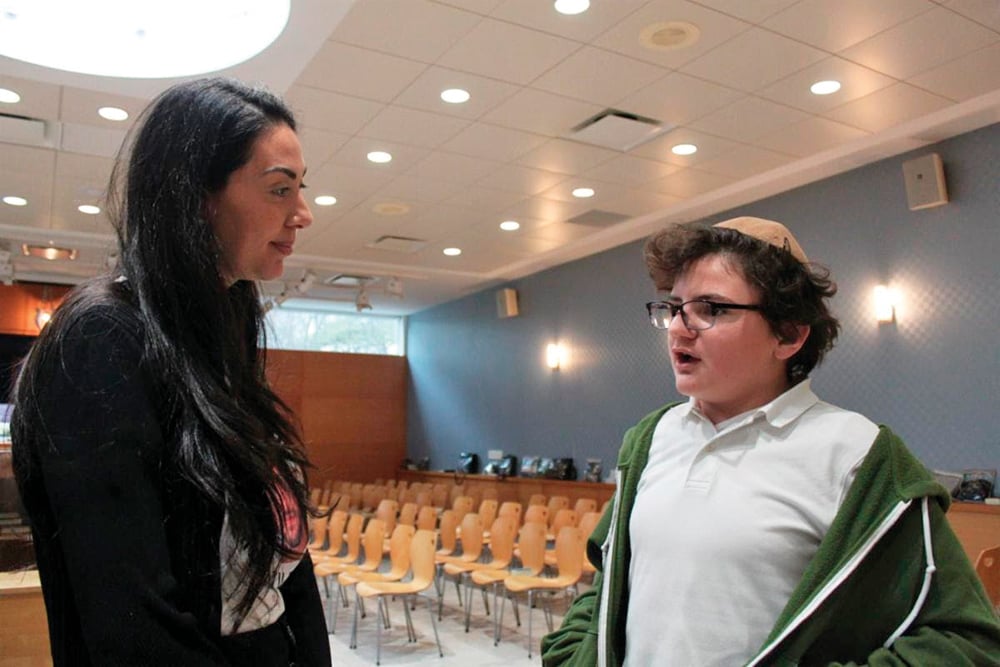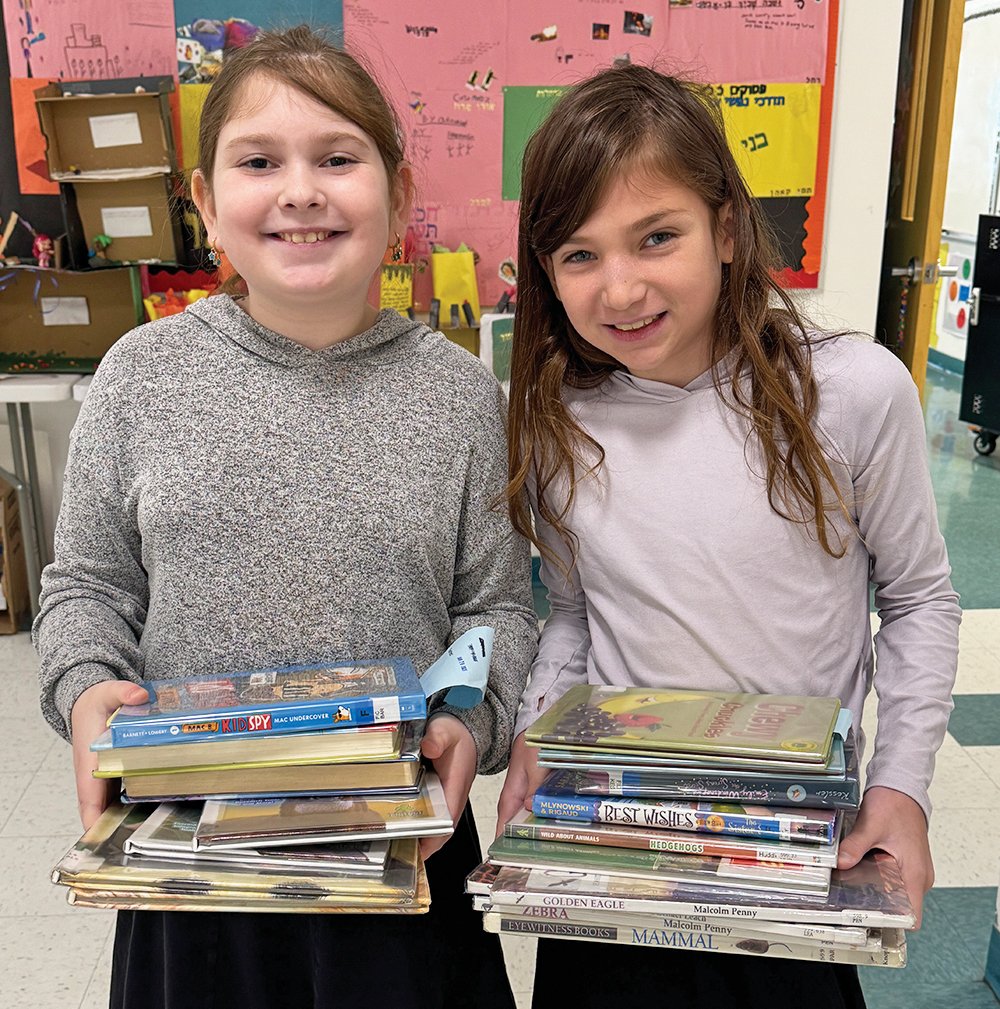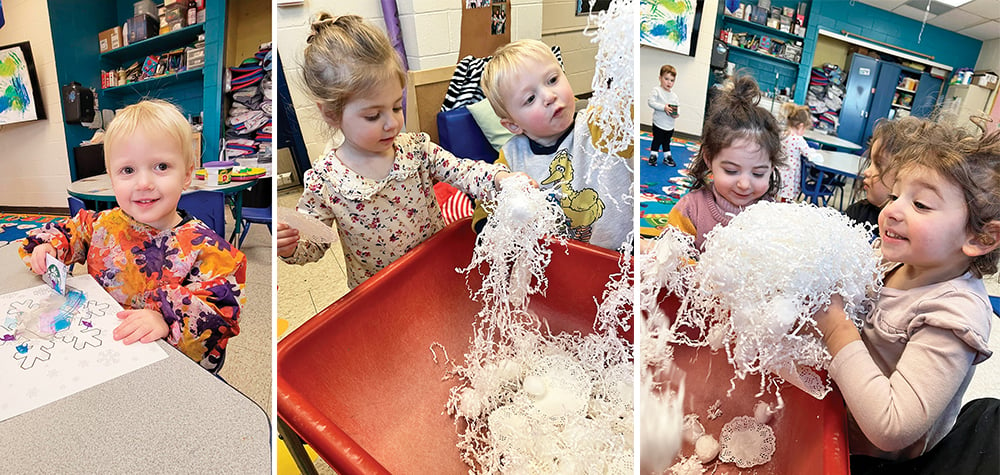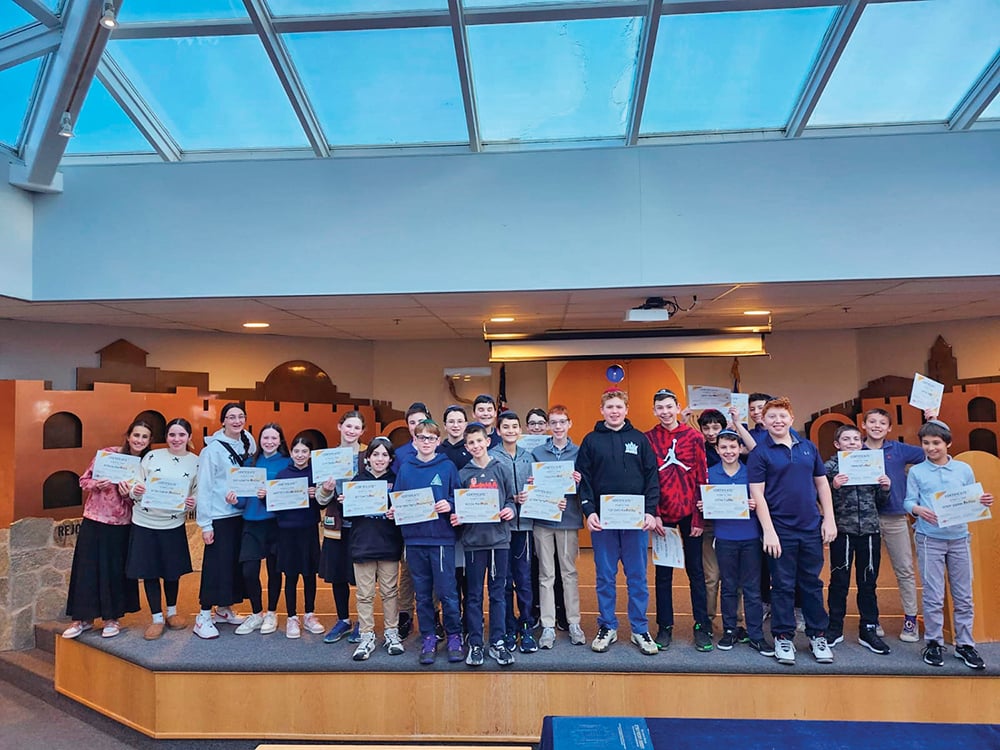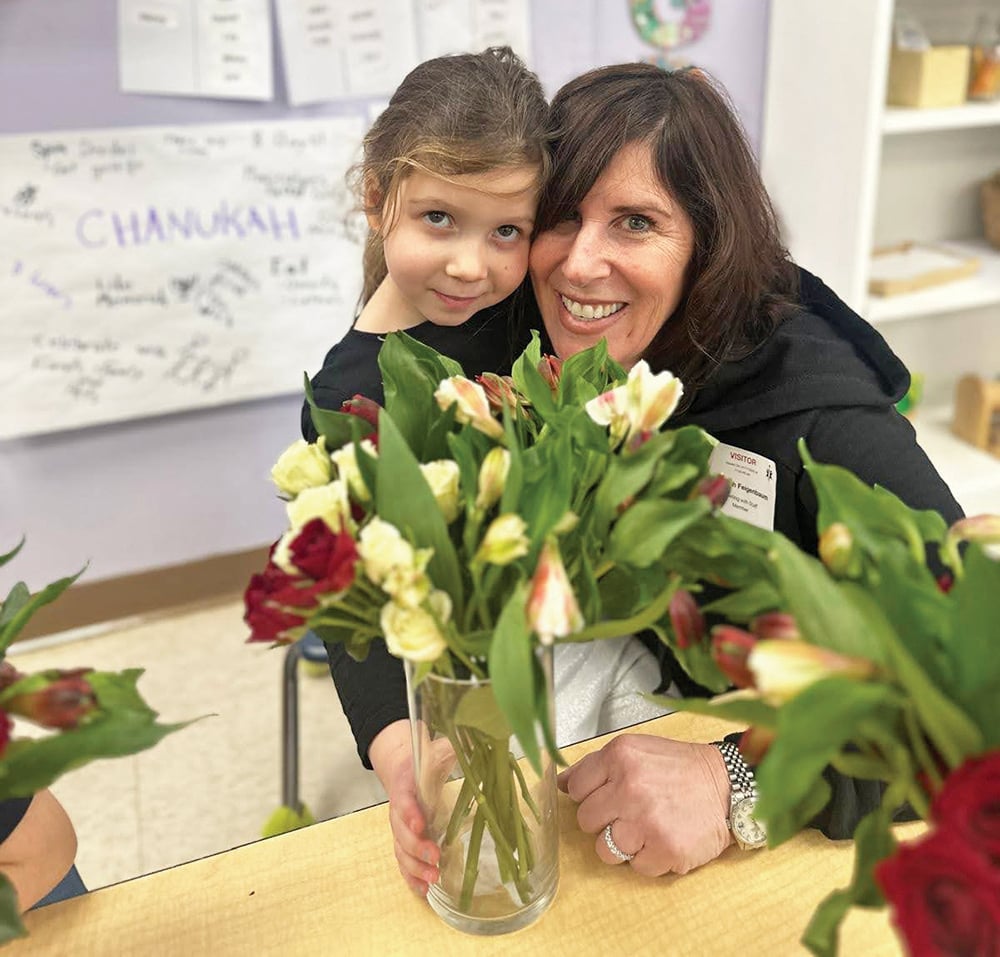This past week at Ma’ayanot, we had the privilege of inviting parents to participate in a Lev Hashavua learning experience. As explained in last week’s Jewish Link (“Ma’ayanot Students Connect at ‘Heart of the Week’”), Lev Hashavua is a weekly time dedicated to strengthening connections between students and with Torah through personal sharing and reflective learning. I have the privilege of leading a Lev Hashavua at Ma’ayanot and directing Lifnai Vlifnim, the program that works with Ma’ayanot and eight other schools to build a culture of personal and religious growth amongst students and faculty. The dvar Torah below is what we learned with parents this past week and serves as a model for the approach.
Think back to a moment when you felt a sense of spiritual connection or religious growth. What was happening? What were you doing? Was there someone leading the experience? What were they doing? Often our own sources of inspiration and growth come through shared experiences—listening to an inspirational shiur, engaging in heartful tefillah or celebratory singing and dancing. What enables us to make a shared experience something personal? To internalize and individualize something happening to us?
Exploring a fascinating debate between Tanaaim in this week’s parsha will enable us to think more deeply about how we participate in religious experiences and, ultimately, design or create them for others.
As the Jewish people experience the miraculous events at Yam Suf, feel the elation of being saved from the Egyptians’ pursuit and finally unhinged from their former taskmasters, they break out in song: “Az yashir Moshe u’Vnei Yisrael.” The Torah introduces Shirat HaYam as a spontaneous, emotional reaction by Moshe and the Jewish people. Who, exactly, sang this song? The Tanaaim in Masechet Sota (30b) debate the relationship between the words “Moshe and the Jewish people”:
1. Rebbe Akiva claims that Az Yashir was recited like a “gadol hamakri at haHallel, an adult reciting Hallel.” Moshe recited the shira phrase by phrase, and the Jewish people responded by reciting the same refrain after each phrase. In essence, like someone fulfilling their obligation through another’s recitation, the Jewish people experienced the moment by latching on to Moshe’s skillful and poetic expression of gratitude to Hashem. At times, we gain inspiration by latching on to great people—a teacher, parent or leader—trying our best to understand and connect with the skillful way in which they are able to process and make sense of the experience. We don’t dare ruin the experience by trying to get involved ourselves, choosing, instead, to bring ourselves to them.
2. Rebbe Eliezer argues that the words were recited like a “katan hamakri at haHallel, a minor reciting Hallel.” The people were not able to come up with the words on their own but they also did not simply latch on to Moshe’s experience. After Moshe recited each phrase, the Jewish people responded by copying Moshe’s words—mimicking the greatness of Moshe’s words and experience to make it their own. Imitation is not just the best form of flattery but also often the best way in which we learn; “trying on” behaviors or ideas we see or hear from others until they become a natural part of our own identity.
3. Finally, Rebbe Nechemya suggests that the words were recited like a chazzan who begins by reciting the first words and then everyone joins in together to recite the rest. Moshe started the shira and then the people joined in and together recited the words that followed. Moshe and the Jewish people shared the moment of inspiration and together were able to utter the powerful words of the shira. All Moshe needed to do was open, start the experience for them and allow them to join him. At times we are convinced that we don’t have the ability to learn from a particular experience. A daily Shacharit could not possibly evoke meaning, a tish inspiration or a shiur meaningful change. It may take a skilled leader to “open up” the experience for us, allowing each individual to, together, bring their unique instrument and sing a song we could never have dreamed of on our own.
Questions for Reflection and Discussion:
If you were at Yam Suf, just witnessing the miraculous events, which opinion do you think best encapsulates how you would have responded? Why?
When thinking about your own moments of inspiration and religious growth, which model resonates most? Why do you think it speaks to you?
When trying to inspire children or others to engage in meaningful religious growth, which model do you think is most effective? Which do you find yourself most likely to use?
What could it look like to experiment with a different model?
Rabbi Yehuda Chanales teaches at Ma’ayanot, directs the newly established Chinuch Incubator at Yeshiva University and serves as North American director for Lifnai Vlifnim. Contact Yehuda at [email protected].



